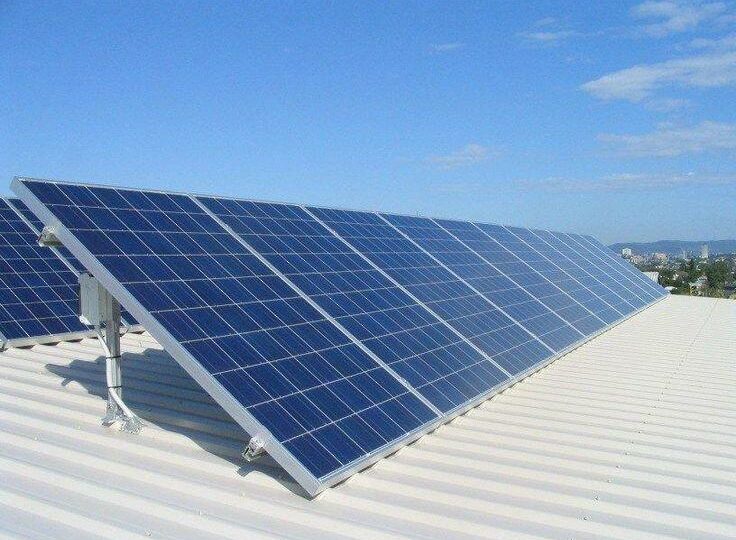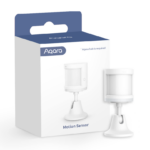Welcome to the cutting-edge world of solar energy! Imagine solar panels that are as light & adaptable as your imagination. That also captures the sun’s energy with unparalleled efficiency.
Here we have XCV panel, a revolutionary development in the field of renewable energy. Are you interested in learning more about these very versatile & conductive panels?
Buckle up as we explore their impressive characteristics, prospective applications, & the thrilling development process.
XCV Panels: Unleashing Solar Innovation – Efficiency meets Adaptability
Image credit – Pinterest
Extremely conductive materials are used in the construction of XCV panels. A form of solar panel that efficiently converts solar energy into electrical energy.
They are also simpler to install in a variety of settings. Since they are lighter & more flexible than conventional solar panels.
“eXtremely Conductive & Versatile” is the meaning behind the moniker XCV. These panels are made to be effective & adaptable, which makes them suited for a variety of applications.
They may be used to power mobile electronics & automobiles, as well as in residential, commercial, & industrial contexts.
Key Features of XCV Panels: Efficiency, Flexibility, & More!
A form of solar panel still being developed is called XCV panels. They might have a number of benefits over conventional solar panels.
The following are some XCV panel features:
High efficiency: XCV panels may convert solar energy into electrical energy. Up to 20% more efficiently than conventional solar panels, which have an efficiency of 15%. They can produce more power with the same amount of sunshine, according to this.
Light Weight: XCV panels are up to 50% lighter than conventional solar panels, which makes them simpler to install & carry.
Flexible: XCV panels are ideal for a broader variety of applications. Since they can be bent & twisted without losing their effectiveness.
Durable: The materials used to make XCV panels are resistant to UV light & inclement weather. They are a fantastic option for outdoor applications because of this.
Potential to decrease carbon emissions: By offering a clean & sustainable source of electricity, XCV panels may contribute to a reduction in carbon emissions.
In addition to these benefits. XCV panels are anticipated to be more accessible & less priced in the future than conventional solar panels.
How does the XCV Panel Works?
Image credit – Techmagazines
There isn’t a functioning model of XCV panels as of now. There is no assurance that they will ever be economically successful since they are currently in the development stage.
The development of XCV panels is being pursued by several research groups, & they have made some headway.
The search for exceptionally durable & conductive materials is one of the difficulties in creating XCV panels. Traditional solar panels are made of materials like silicon. Which are not sufficiently conductive to attain the requisite efficiency.
Many other materials, such as graphene, carbon nanotubes, & metal alloys, are being investigated by researchers.
Designing a building that can effectively catch & use sunlight presents another issue. Grids of solar cells are used in conventional solar panels, although in certain cases, this structure is ineffective.
Researchers are looking at innovative designs that could be more effective. Such those that make use of a single sheet of material or a three-dimensional structure.
Top Research Centers Developing XCV Panels
Here are some of the research teams that are working on developing XCV panels:
- The United States’ National Renewable Energy Laboratory (NREL)
- German company Fraunhofer Institute for Solar Energy Systems ISE
- The United Kingdom’s University of Oxford
- Japan’s University of Tokyo
- Scientific Academy of China
These teams are developing XCV panels using a variety of techniques, & they are making progress. Although the study is encouraging, it is still too soon to predict when XCV panels will be made commercially accessible.
Applications of XCV Panels
Image credit – Pinterest
Here are some applications of XCV panels:
1. Residential solar panels: Both houses & businesses may be powered by XCV panels. They can produce more power from the same quantity of sunshine because they are more efficient than conventional solar panels. Additionally, they are more flexible & lighter, making it simpler to mount them on roofs & other surfaces.
2. Business solar panels: XCV panels may be utilised to power substantial structures & commercial establishments. They may assist companies in lowering their dependency on fossil fuels & reducing energy expenditures.
3. Mobile solar panels: XCV panels can power both automobiles & portable electronics. They are perfect for use outdoors or in places without access to power since they are lightweight & portable.
4. Space Solar Panels: XCV solar panels may be utilized to power satellites & spacecraft. They can produce more power from the sun’s rays because they are more effective than conventional solar panels. They are suitable for usage in space because they are stronger, lighter, & more durable.
5. Materials for construction: XCV panels are a viable option. They may be used to create walls, roofs, & other structural elements. Buildings might use less energy as a result, increasing their sustainability.
Benefits & Drawbacks of XCV Panels
Image credit – Freepik
Here are some XCV panel benefits & drawbacks:
Benefits
Higher efficiency: XCV panels are 20% more efficient than conventional solar panels in converting sunlight into electrical energy, compared to 15%. They can produce more power with the same amount of sunshine, according to this.
Lighter weight: XCV panels are up to 50% lighter than conventional solar panels, which makes them simpler to carry & install.
More adaptable: XCV panels may be bent & twisted without losing their effectiveness, making a greater variety of applications possible.
Durable: The materials used to make XCV panels are resistant to UV light & inclement weather. They are a fantastic option for outdoor applications because of this.
Potential to decrease carbon emissions: By offering a clean & sustainable source of electricity, XCV panels may contribute to a reduction in carbon emissions.
Drawbacks
Cost: XCV panels are more costly than conventional solar panels since they are still in the development phase. However, it is anticipated that the price would decrease as the technology advances.
Availability: Because XCV panels are not yet commercially available, their availability is less widespread than that of conventional solar panels. But it’s conceivable that they will become more broadly accessible as technology advances.
Performance: XCV solar panels could not function as effectively in low light as conventional solar panels. This is so that they can employ more conductive materials than conventional solar cells.
Research & development: Because XCV panels are still being developed. There is considerable ambiguity about their dependability & performance over the long term.
Frequently Asked Questions
Here are five commonly asked questions & their responses to XCV panel:
1: How efficient are XCV panels compared to conventional solar panels?
A2: XCV panels are capable of converting sunlight into electrical energy upto 20% efficiently, compared to regular solar panels’ 15% efficiency. Because of their greater efficiency, they can produce more energy with the same quantity of sunlight.
2. Are XCV panels more pliable & lightweight than conventional solar panels?
A3: XCV panels are lighter than conventional solar panels by up to 50%, making them simpler to carry & install. They may be bent & twisted without losing effectiveness due to their flexibility. Which makes them appropriate for a variety of applications.
3. Are XCV panels presently on the market?
A5: XCV panels are not yet offered for commercial purchase & are still in the development stage. There is no set date for when they will be available on the market. Despite the fact that research teams from all over the globe are working on their creation.
Conclusion
XCV panels serve as a ray of hope in a society that is in need of environmentally friendly solutions. Their potential to revolutionize solar energy is clear, despite the fact that they are still in the innovation labs.
They possess the potential to revolutionize how we harvest solar energy for our purposes. Because of their increased efficiency, mobility, & versatility.
The issue of when XCV panel will be on the horizon & transform our energy environment is not if. But when, as research & development on these panels continue to advance.
Thanks to the potential of XCV panels, the future of solar energy seems to be more promising than ever.








